Scotland is known as a place of wonder, from its fascinating folklore to its ancient monuments.
There’s plenty of history to unpack, but one of the country’s most interesting chapters surrounds a mysteriously elusive people known as the Picts.
They left us with dozens of remarkable stones, carved with images of animals, warriors and indecipherable symbols, but no written words to help make sense of their stories. Understanding this era is a difficult task, however, one of the few things we can be sure of is that the Picts of Moray were amongst the most powerful in Scotland.
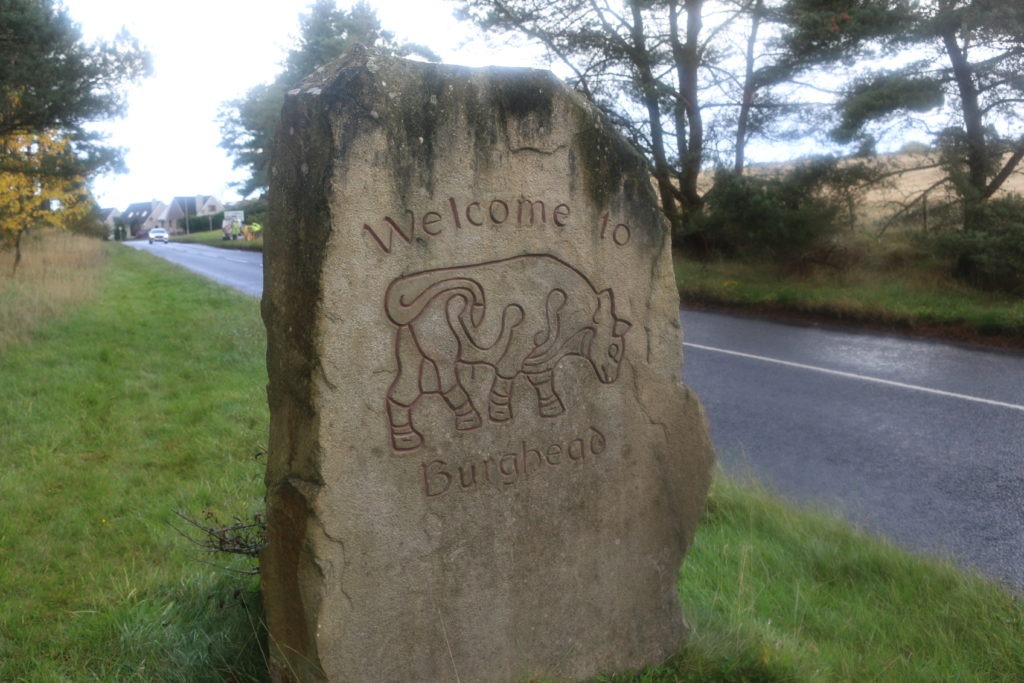
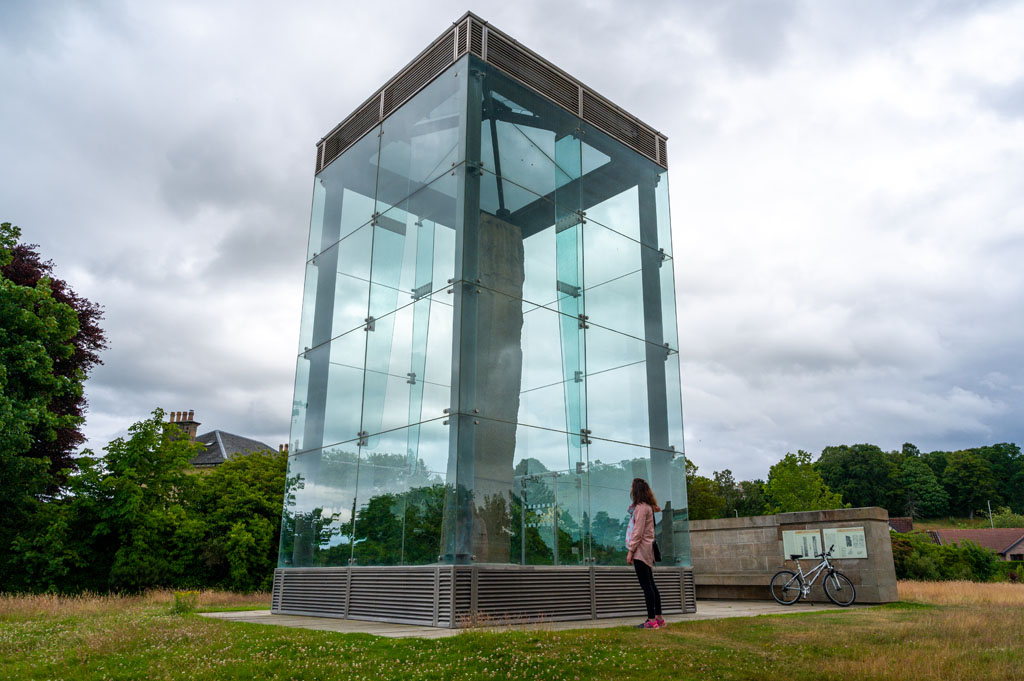
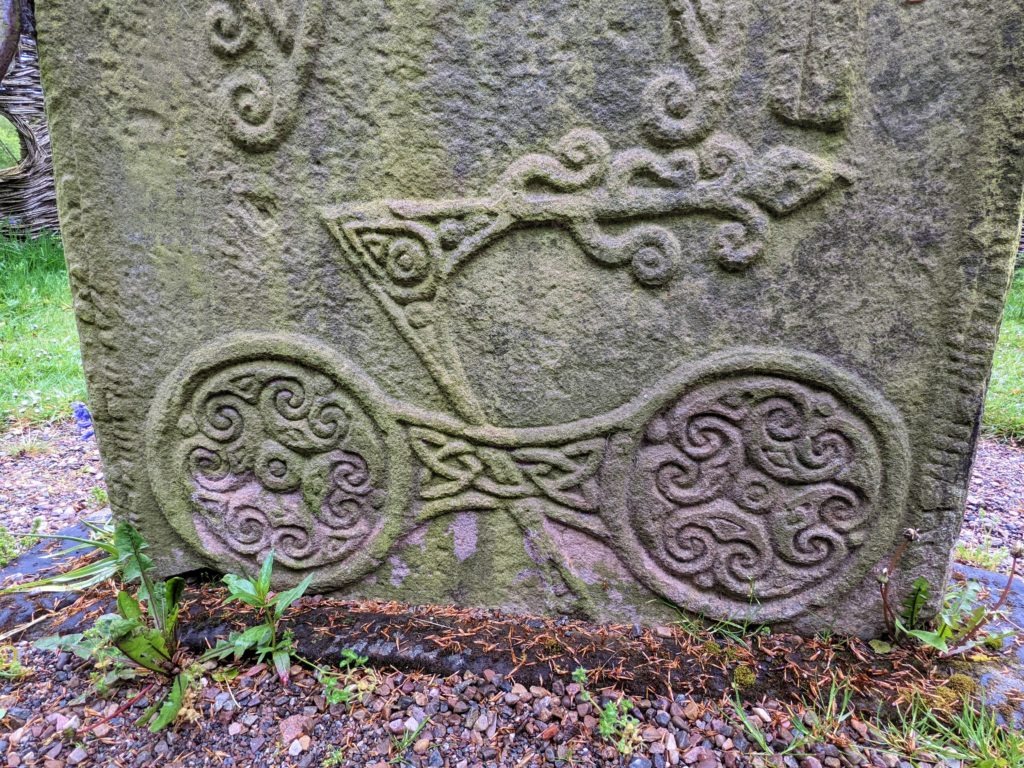
Burghead’s Stronghold
There’s no firm beginning or exact end for the people we know as Picts, but the Pictish period runs roughly from the 4th to the 10th centuries. The name itself originates from the Roman legions who used Picti as a derogatory Latin term meaning “Painted People”, used to portray an image of wild, uncivilized barbarians.
Where facts are hard to come by, Scotland has a remarkable ability to fill in the gaps with stories. An almost certainly mythical origin legend for the Picts claims they began with a King called Cruithne, who ruled Pictland for a hundred years. He split the enormous Kingdom between his seven sons and their names can still be found in several of the regions we know today.
Some can be easily identified, such as Fib becoming Fife or Cait as Caithness, but the largest area of all known as Fortriu has been harder to place. Once believed to have been located around Strathearn, this powerful Pictish region is now assumed to represent Moray, ruled from their stronghold at Burghead.
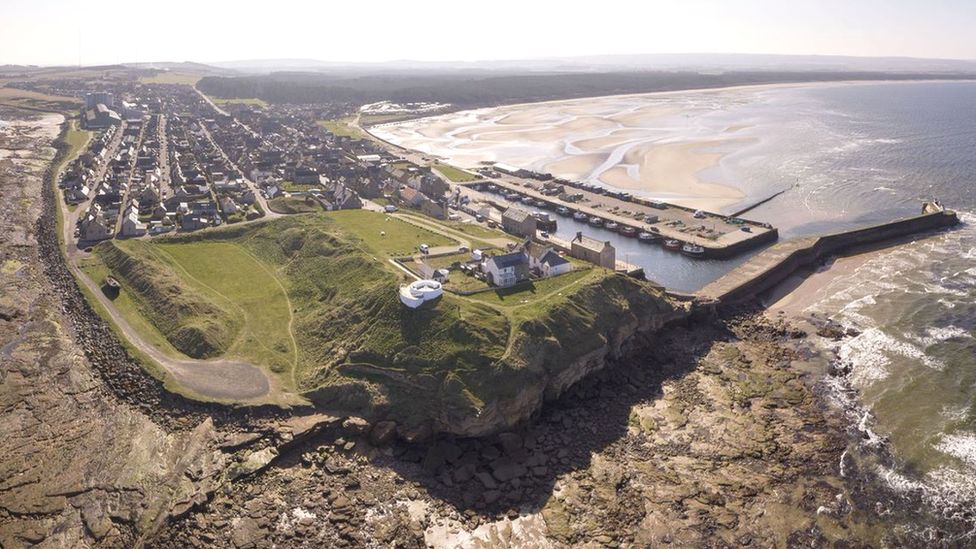


The largest Pictish fort ever found, three times the size of its closest rival, lies at Burghead. Originally spanning over five hectares, the capital of the Picts of Moray had 8-metre-thick walls, jutting out into the sea, protecting an impressive domestic complex. It has provided some remarkable archaeological remains such as metalworking, weaponry and dozens of carved stones with depictions of bulls.
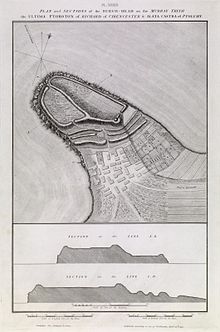

Pictish Stones
These carved symbol stones found scattered across Scotland, are the most enduring evidence of Picts that we have left, and Moray is packed full of them. From the small fragments of the Drainie Stones to the medium-sized Rodney’s Stone, right up to the largest single carved stone in Scotland. At 6.5 metres tall and weighing over 7 tonnes, nothing else even comes close to Sueno’s Stone in Forres, yet we still know very little about it.
The enormous Christian cross on one side is in stark contrast to the warriors and piles of decapitated heads carved on the reverse. Sueno is a misleading name, coming from an early assumption that the battle scene told the story of a Scottish victory over Sweyn Forkbeard. It’s now thought to be older than that conflict, dating from the 9th century, right at the end of the Pictish era.

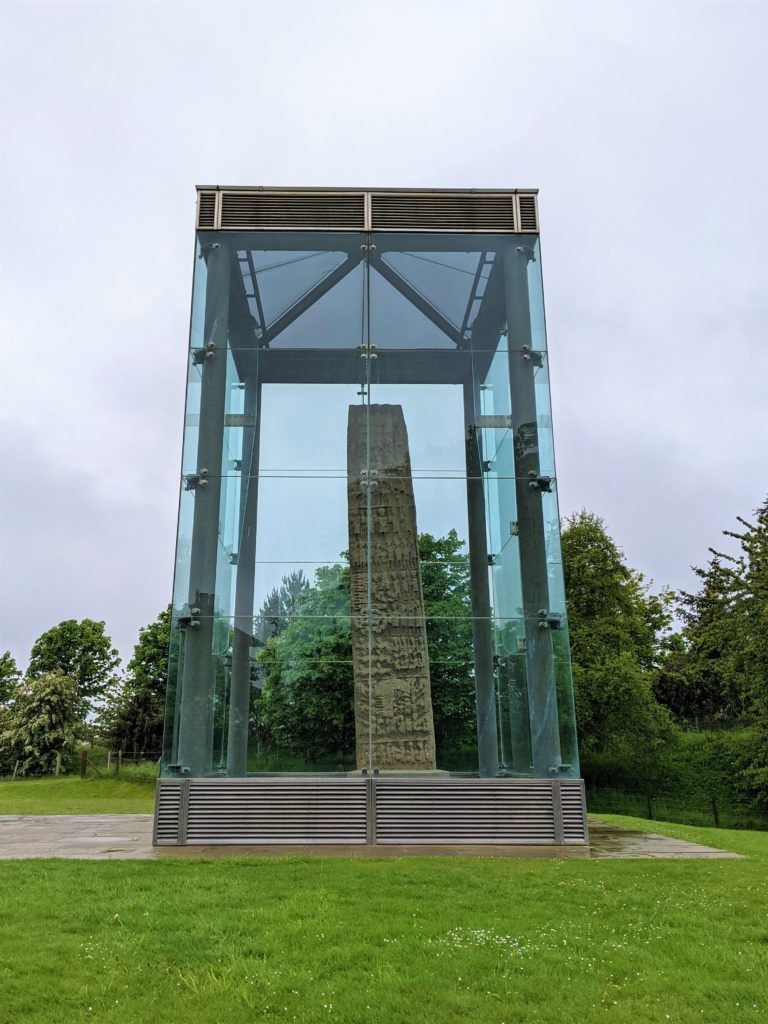
There are plenty of theories, but like all Pictish stones, the message behind the images may never be fully understood. One theory has Sueno’s Stone being raised by Kenneth MacAlpine, the first King to unite the Dalriadan Scots with the Picts, possibly depicting the brutal battles he won to achieve that.
A legend that appeared after Shakespeare released his famous Scottish Play claims that King Macbeth met the three Weird Sisters at a crossroads marked by Sueno’s Stone. To add to the mystery, those witches are said to have been trapped inside the monument and if it was ever broken, they would be released again to wreak mischief around Moray.
The Mighty Máel Brigte
With new discoveries appearing regularly, there are almost certainly more of these mysterious symbols lying beneath the earth, just waiting to be found. Maybe one day the secrets of the Picts will be unlocked and with the prominence of Fortriu and Burghead, it wouldn’t be a surprise if that breakthrough happened in Moray.
Archaeological evidence suggests that the Burghead fort was finally destroyed by fire in the 10th century, backing up local legends of repeated, devastating Viking attacks. One notorious Viking leader was Sigurd Eysteinsson, who had conquered huge swathes of northern Scotland and gained the title Sigurd the Mighty in the process. No matter how fearsome he was, the Picts of Moray weren’t the kind of people to just roll over and accept these Scandinavian invaders.
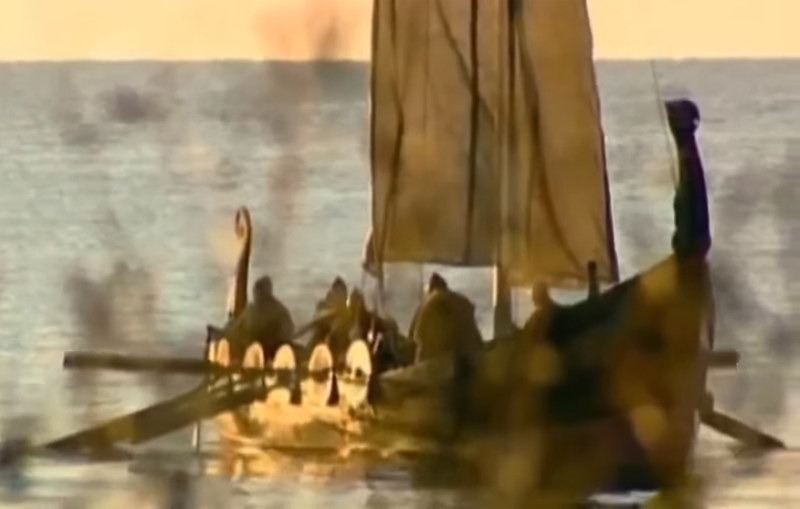
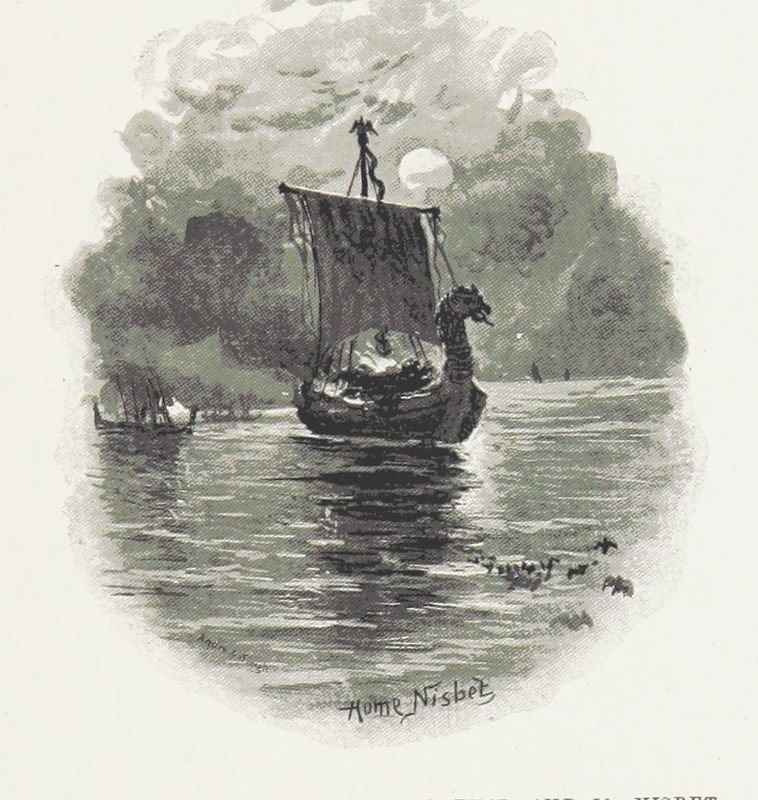
At some point during his reign of terror, Sigurd and his raiders stormed the fort at Burghead, but it seems he had finally met his match in a local Pictish warrior called Máel Brigte. This leader’s prominent buckteeth resulted in the less flattering nickname of Máel Brigte the Tusk, but that didn’t affect his fighting skills in any way.
This Pict dedicated himself to the constant harassment of Sigurd’s attempts at securing control of Moray.
It was clear that Máel Brigte couldn’t muster enough men to defeat the seemingly never-ending stream of Vikings, but he could make life very difficult for them. In the end, the two opposing commanders decided to settle things once and for all with a fair fight. They agreed on a time and place for the showdown, where each man would lead no more than 40 horses and the loser would be forced to leave for good.
Sigurd hadn’t gotten this far by following the rules though. He brought 40 horses as agreed, but with two warriors on each of their backs. Honourable Máel Brigte was left with only half as many men and quickly lost both the fight and his head. The Pict might have been dead, but he wasn’t finished quite yet.
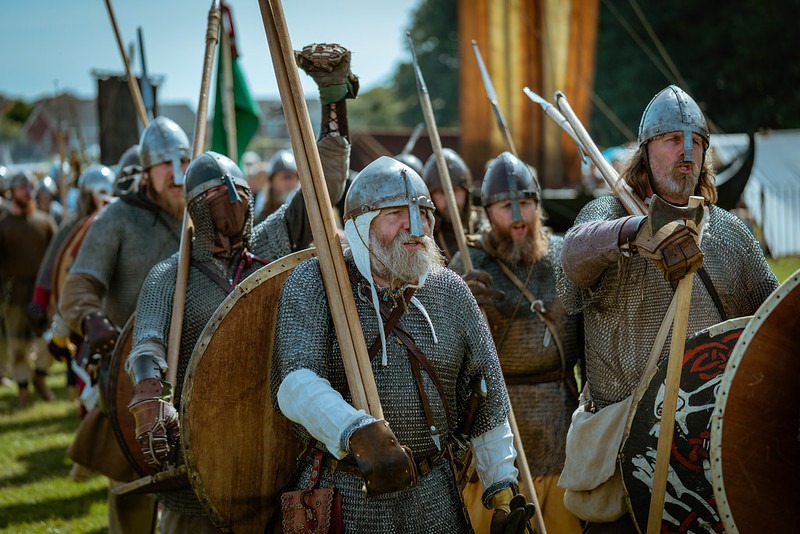
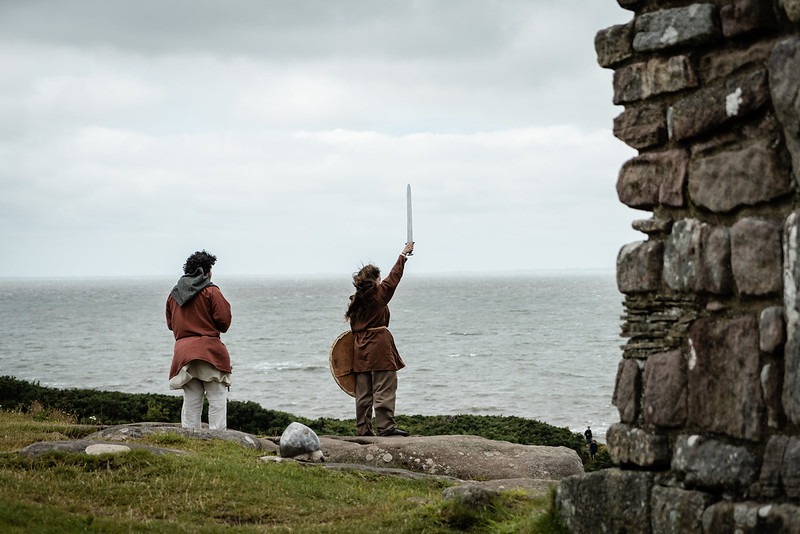
Sigurd the Mighty strapped the head of Máel Brigte the Tusk to his saddle as a trophy. As the victorious Viking rode along the rough track home, the head bounced up and down, again and again. The unclean tooth that formed Máel Brigte’s “Tusk” and protruded from his decapitated head was rubbing into Sigurd’s thigh and opening a little cut.
The wound caused by that dirty tusk became badly infected and before long, where hundreds of warriors had failed, Sigurd Eysteinsson was killed by a tiny scratch. Proof that the Picts of Moray could take down the mightiest of warriors, even from beyond the grave!
